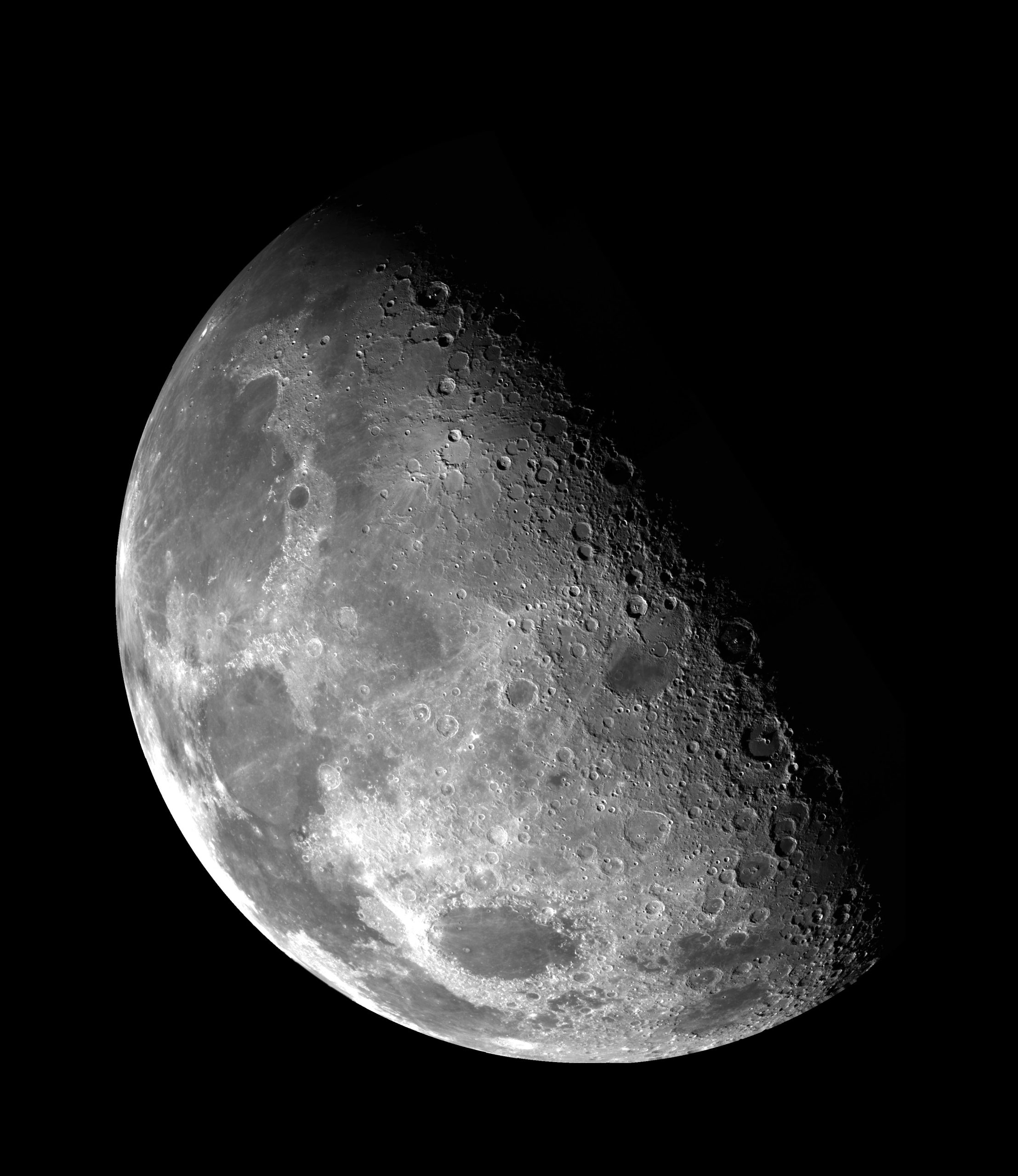What Do Reversed Tarot Cards Look Like?
Tarot cards have been used for centuries as a tool of divination and guidance. Each card in a tarot deck holds unique symbolism and meaning, and they can provide valuable insights into various aspects of life. Tarot readings often involve the use of upright and reversed cards, where the upright cards carry their traditional meanings, while the reversed cards offer a different perspective or a potential blockage. In this blog post, we will explore what reversed tarot cards look like and how they can be interpreted in a reading.
The Meaning of Reversed Tarot Cards
When a tarot card appears in a reading in its reversed position, it suggests that the energy of the card is being hindered or blocked in some way. The reversed card invites us to look at the situation from a different angle, to consider possible challenges or obstacles that may be affecting the card’s traditional meaning.
It’s important to note that reversed tarot cards don’t always have negative connotations. While they can indicate difficulties or delays, they also provide an opportunity for growth, introspection, or a need to take a different approach.
How to Identify Reversed Tarot Cards
Reversed tarot cards are typically designated by the orientation of the card itself. In an upright position, the imagery on the card is right-side-up, while in a reversed position, the imagery is upside-down. However, it’s important to mention that some tarot readers may interpret a reversed card based on the symbolism of the card itself, rather than relying solely on its orientation.
When shuffling the cards, some readers purposely choose to mix both upright and reversed cards, while others may prefer to let the card’s orientation be determined naturally during the shuffling process. In a spread, if a card is drawn in its reversed position, its symbolism should be interpreted accordingly.
Appearance of Reversed Tarot Cards
The appearance of reversed tarot cards may vary depending on the deck you’re using. However, there are common indicators that can help you recognize when a card is reversed.
- Symbols: In most decks, the symbols or figures on the card will appear upside-down or inverted, indicating its reversed status.
- Numbers: The numerical value associated with the card is often presented in an upside-down position.
- Keywords and Titles: Some decks may include keywords or titles written in reverse or in a different color, making it easier to identify reversed cards.
While these indicators are commonly used, it’s essential to familiarize yourself with the specific symbols and design of your tarot deck, as some decks may have their own unique way of displaying reversed cards.
Interpreting Reversed Tarot Cards
Interpreting reversed tarot cards requires a nuanced understanding of both the traditional meanings of the cards and the context of the reading. The interpretations of reversed cards can vary depending on the specific card and the question or situation being addressed.
Here are a few general guidelines when interpreting reversed tarot cards:
- Blocks and Challenges: Reversed cards often suggest obstacles, delays, or difficulties that need to be acknowledged or overcome. They can indicate a need to address underlying issues before progressing.
- Repressed Energy: Reversed cards can represent suppressed or hidden emotions, actions, or desires that need to be brought to the forefront for better understanding or resolution.
- Opposite or Inverted Meanings: Sometimes, reversed cards can indicate the opposite of their traditional upright meanings. For example, a reversed card that typically represents stability and security may suggest insecurity or instability.
- Inner Reflection and Intuition: Reversed cards can also invite introspection and reliance on intuition. They encourage looking within for answers or taking a different perspective.
It’s important to remember that tarot readings are a highly personal and intuitive practice. The interpretation of reversed cards can vary among tarot readers, and their meanings should always be considered in the context of the overall reading and the individual cards surrounding them.
Conclusion
Reversed tarot cards offer a unique perspective and can deepen the insights gained from a tarot reading. Recognizing and interpreting reversed cards is an important skill for any tarot reader. By understanding the symbolism associated with reversed cards, recognizing their appearance, and considering their context within a reading, a reader can provide more accurate and comprehensive guidance to those seeking answers.
Remember that tarot is a tool for self-reflection and personal growth. Whether a card appears upright or reversed, its message is meant to serve as a guide on your life’s journey.
Table of Contents
